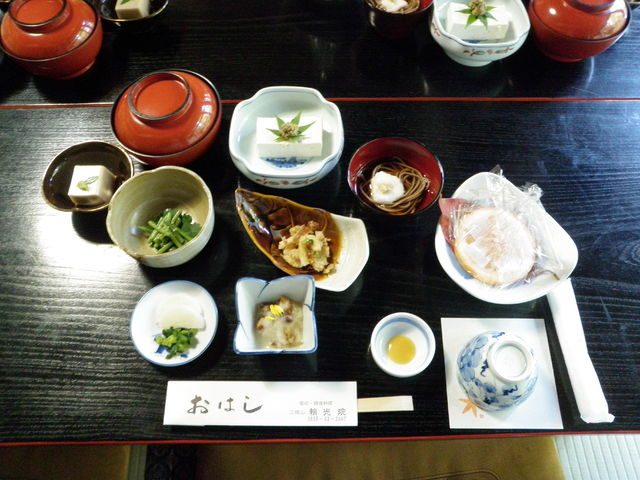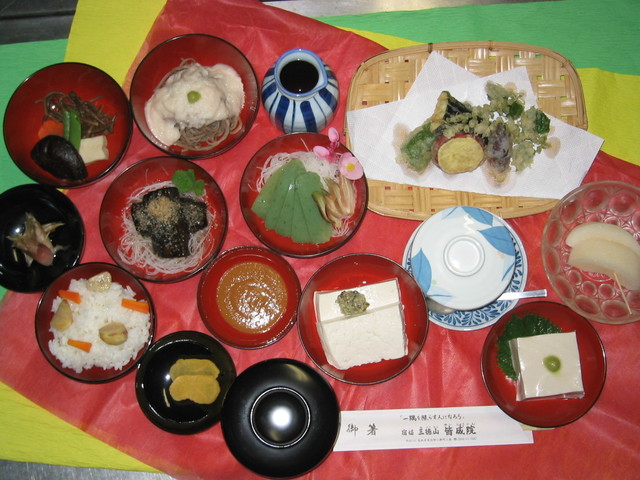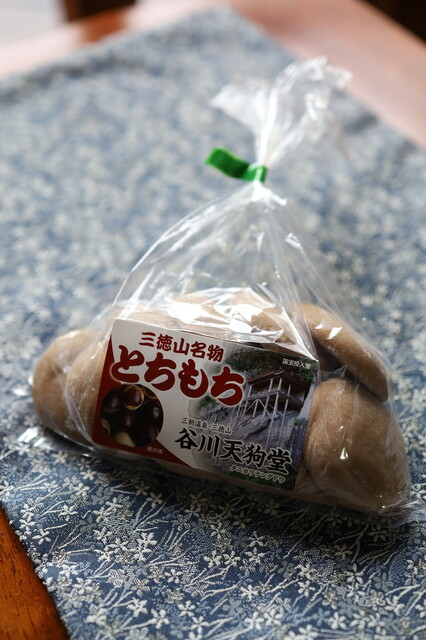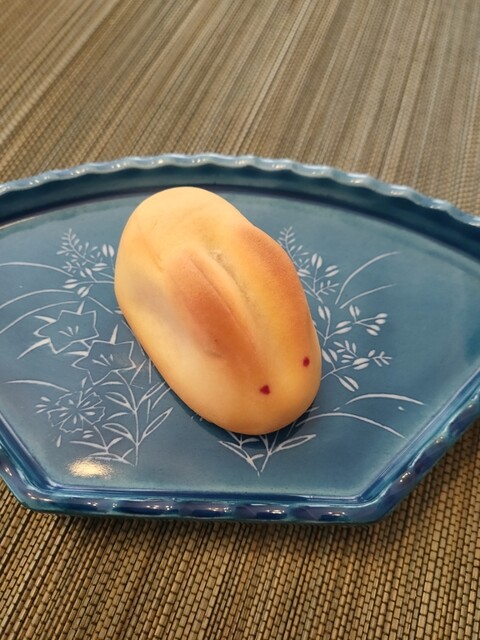
Sanbutsu-ji Temple's To-nyu-do Hall is a wooden temple built into a cliff. Known as the inner sanctuary of Sanbutsu-ji Temple, it is considered a valuable example of esoteric Buddhist architecture from the Heian period. To-nyu-do Hall is built into a hollow on the north side of Mount Santoku, and from there you can enjoy a magnificent view. The surrounding area is filled with cliffs and large rock caves, and the beautiful scenery of each season captivates travelers. Visitors come to this place as part of their spiritual training, as it requires climbing a steep mountain path for nearly an hour. Sanbutsu-ji Temple's To-nyu-do Hall, with its mystical atmosphere and beautiful natural environment, will be a special experience for travelers visiting Tottori Prefecture!
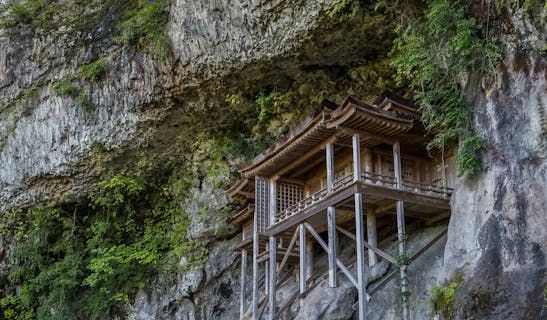







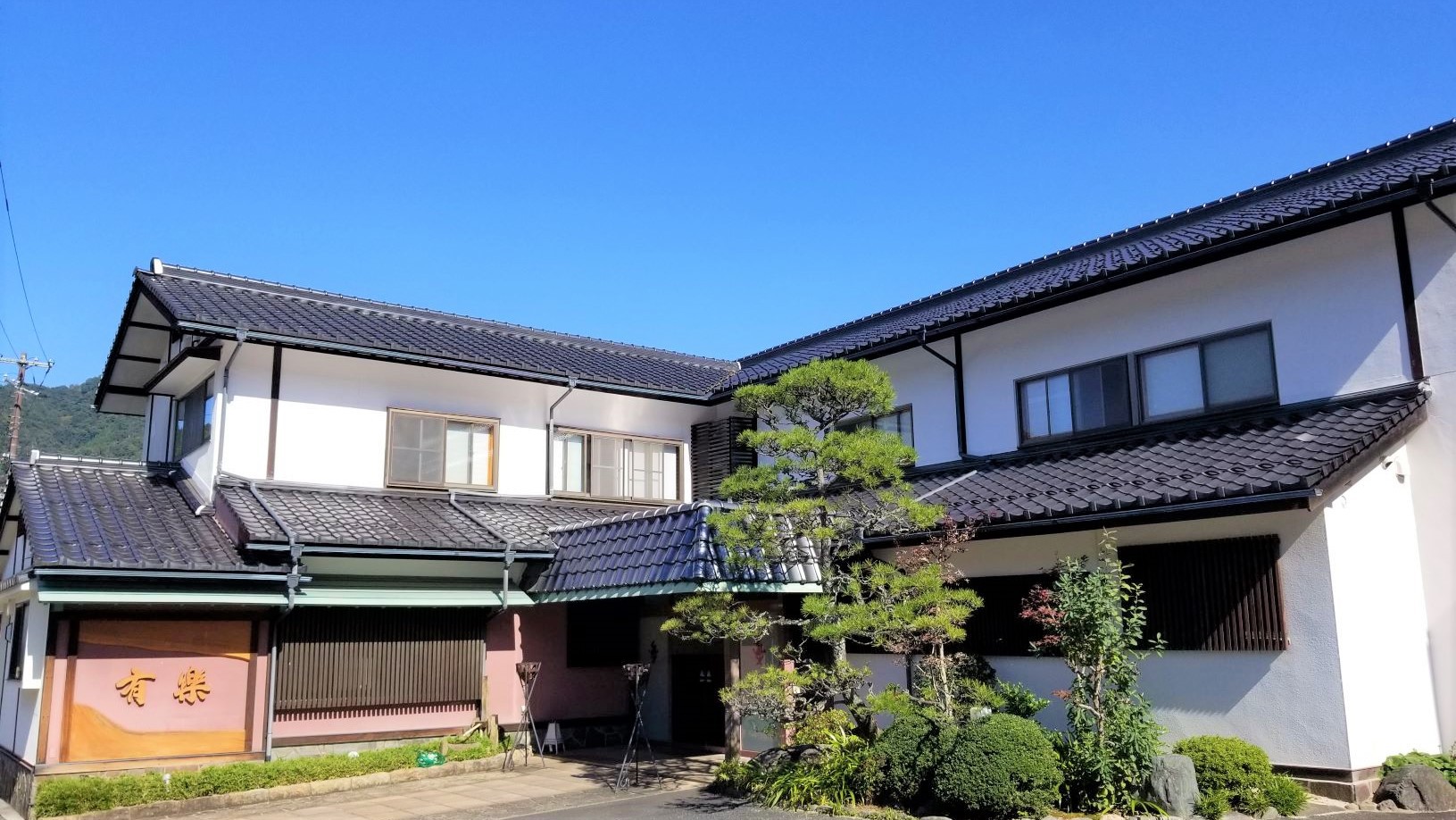




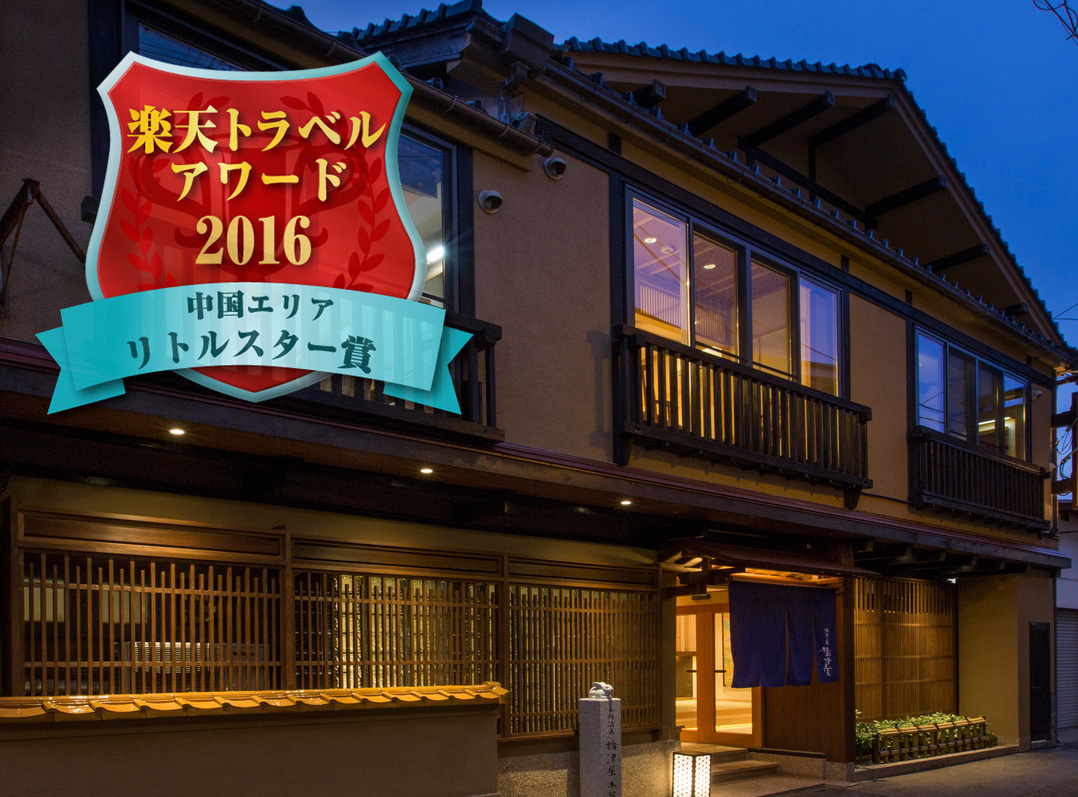








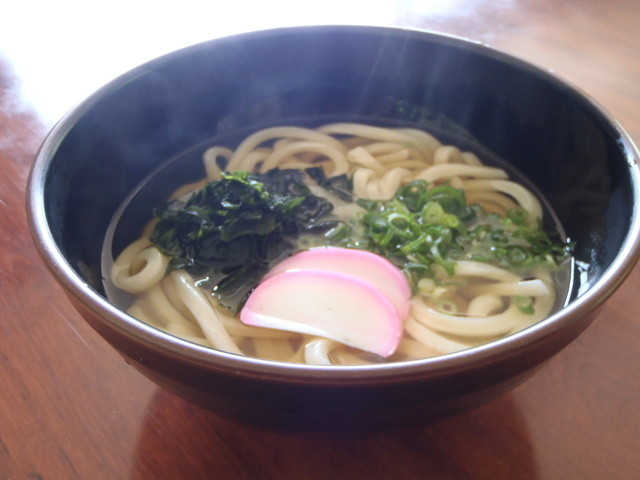
 ~¥999
~¥999
 -
-
